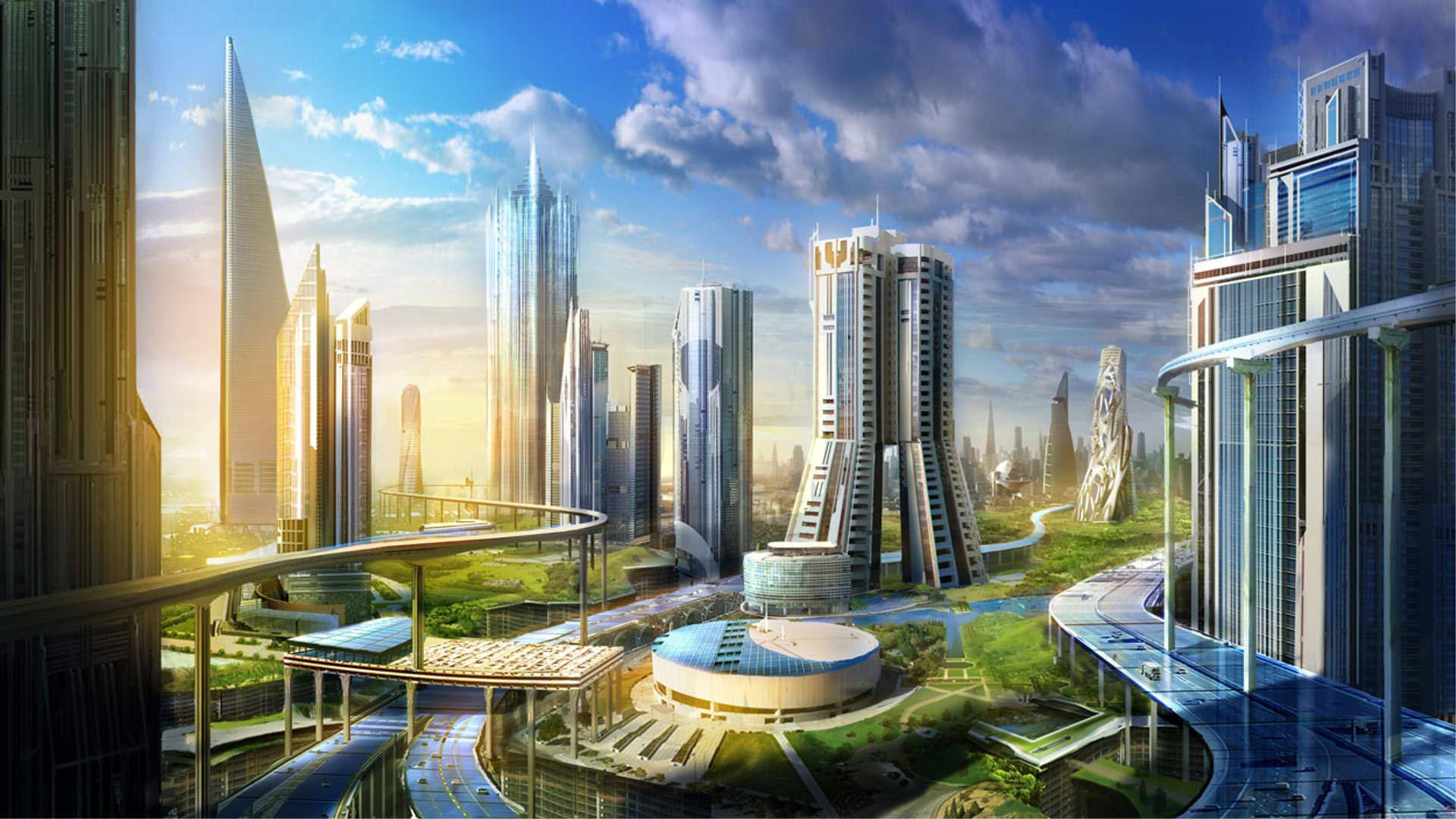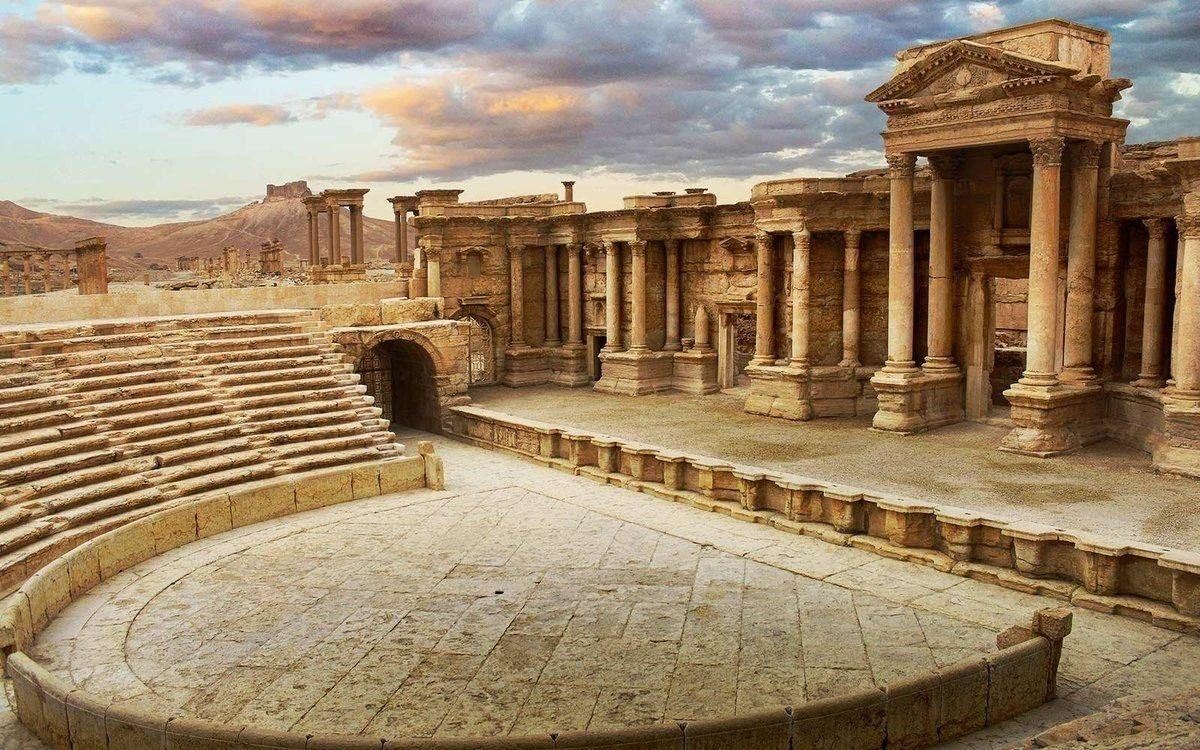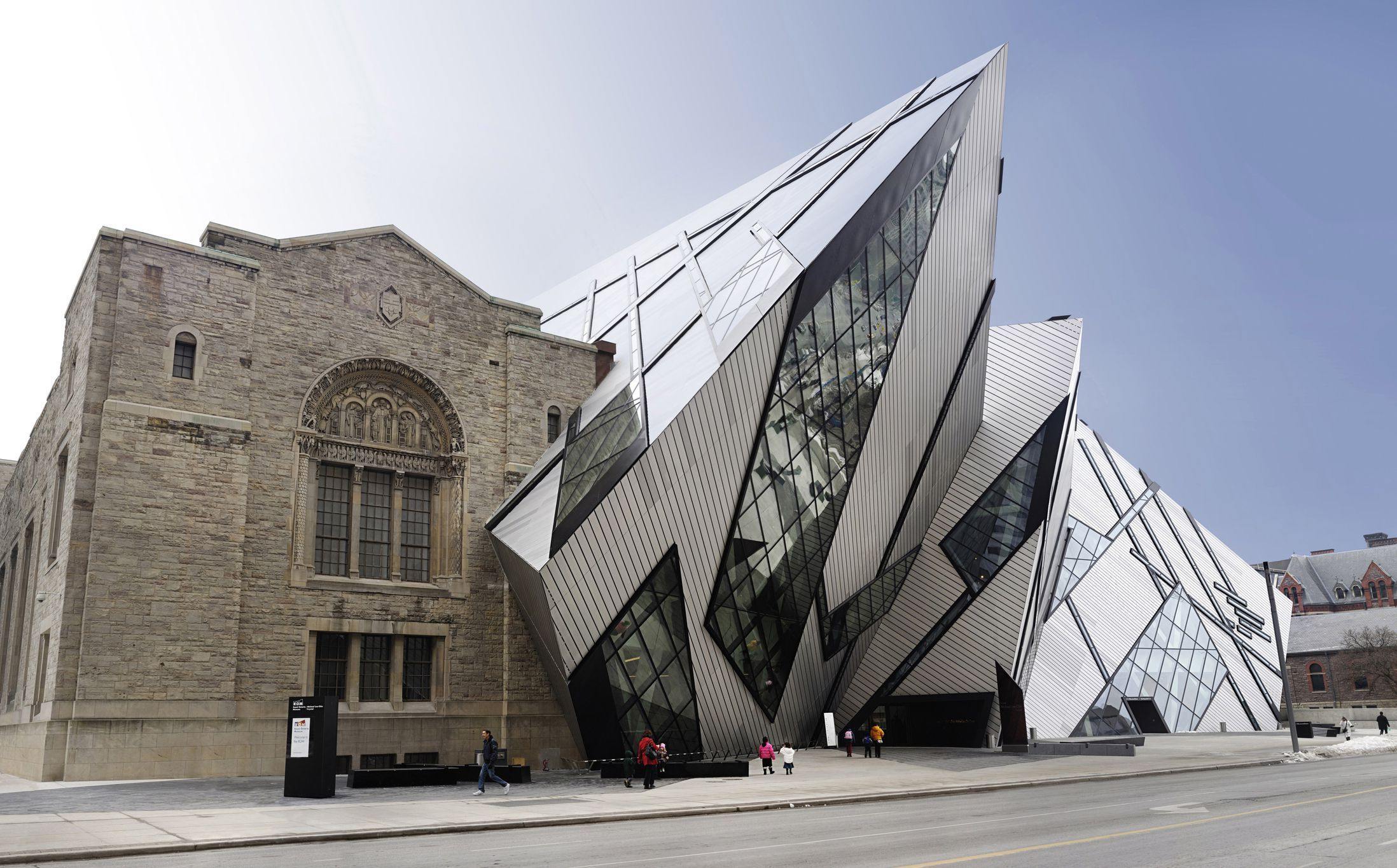
What will cities be like in half a century? This question worries architects, urbanists and futurologists around the world. In the face of climate change, population growth and the rapid development of technology, the cities of the future must become not only functional, but also environmentally sustainable, adaptive and comfortable to live in. Innovations in construction, green technologies and vertical urbanization promise to radically change our living environment. In this article, we will look at experts' predictions about what the city will be like in 50 years, and how architecture will contribute to its transformation.
Population growth and limited space are forcing architects to look for solutions in vertical construction. Already today, we see the beginning of this trend in skyscrapers, which are becoming not only offices or residential buildings, but also entire ecosystems.
Vertical Cities
Giant structures that integrate residential, commercial, and public areas will become the norm. They will include schools, hospitals, parks and farms, minimizing the need to leave the building.
Multi-level transport systems
Cities will integrate transportation directly into buildings, including high-speed elevators, air taxis, and underground highways.
Vertical gardening
Skyscrapers with green facades, roof gardens and built-in forests will help compensate for the lack of green areas in cities.
Sustainability will be the cornerstone of the architecture of the future. Global warming and environmental problems require the introduction of green technologies in the construction and operation of buildings.
Self-sustaining buildings
With solar panels, wind turbines and rainwater harvesting systems, buildings will be able to generate energy and resources while minimizing their ecological footprint.
Smart Materials
The use of self-healing concrete, phase transition materials and recycled plastics will significantly extend the life of buildings and reduce waste.
Carbon Negative Projects
The architecture of the future will not only reduce carbon emissions, but also actively absorb it, turning buildings into a kind of filters for the atmosphere.
With the development of artificial intelligence and the Internet of Things, cities will become truly "smart". Architecture will play a key role in integrating technology into the urban landscape.
Interactive Buildings
Facades will be able to adapt to weather conditions by changing transparency or color, and internal systems will be able to adapt to the needs of residents.
Sensor networks
Smart buildings and roads will collect data on traffic, resource consumption, and air quality, allowing cities to manage their resources more efficiently.
Holographic architecture
The ability to project holograms will allow you to change the appearance of buildings without physical intervention, opening up new horizons for design.
Expert forecasts agree that the cities of the future will strive to integrate with nature. Biophilic design will become the standard, where each building will be part of the ecosystem.
Urban forests
Buildings with built-in forests and parks will help improve the microclimate, filter the air and provide residents with fresh food.
Underwater cities
With sea levels rising, architects are already designing underwater cities that can exist in the oceans.
Adaptive architecture
Cities will be able to change their structures depending on weather conditions, preventing the consequences of floods, droughts and other disasters.
Cities in 50 years will be the result of a synthesis of architecture, technology and environmental responsibility. Vertical megastructures, sustainable buildings, and integration with nature will create harmonious spaces for living. The architecture of the future will not only change the face of megacities, but will also be a response to global challenges, providing comfort and sustainability for future generations. In these cities, dreams will come true, and technology will become the basis for creating a new level of quality of life.

Architecture is the language through which humanity expresses its culture, values, and achievements. For thousands of years, people have created buildings that amaze with their beauty, engineering complexity and symbolism. Each of them carries a unique story that inspires generations. In this...
Read More
Architecture has always been a link between the past and the future. In the era of globalization and urbanization, architects have faced the difficult task of preserving historical heritage, integrating it into the modern context. Instead of demolishing old buildings and erecting new ones, more and...
Read More